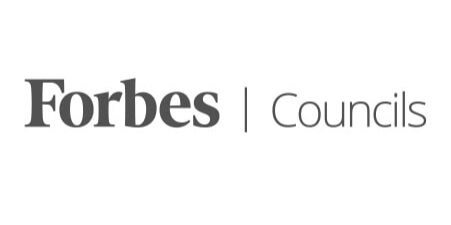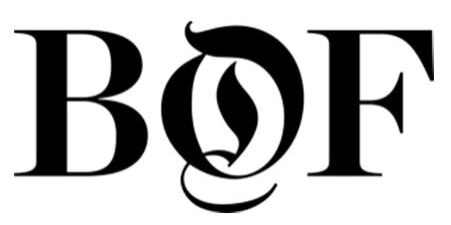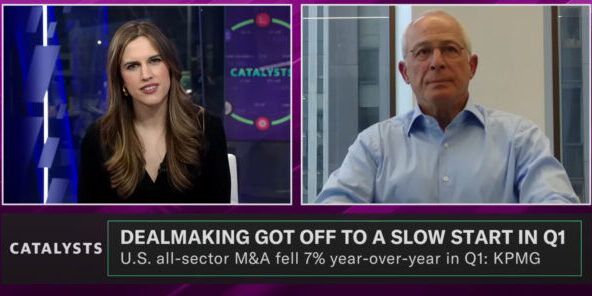Key Trends Impacting Retail M&A
By Solomon Partners’ Global Retail Group
A strengthening U.S. economy, driven by robust employment and near record-level consumer confidence, helped drive consumer spending in the latter half of 2017 and provides the strongest backdrop since the Great Recession for retailers in 2018.
To better assess where retail is headed, we look back on the retail winners of 2017 and the factors that shaped their successes, drawing out the key themes that will also separate the standout performers in 2018. In addition, we evaluate the factors that influenced retail deal making activity in the past year, and highlight the trends we believe will play a central role in retail deal making throughout the remainder of the year.
Winners in Retail
Last year we saw breakout stock performance by a handful of sectors and a number of individual retailers. Winners included deep discount, off-price, and dollar stores – where collectively, the preponderance of new store growth continues to be concentrated – as well as digital retail / e-commerce and home improvement. Their success over the past few years can be attributed to the following factors:
Deep discount, off-price and dollar stores offer a powerful combination of convenience and clear price advantage in largely non-discretionary product categories.
Home improvement retailers (particularly Do-It-Yourself, or DIY) have benefited from housing cycle tailwinds, with confident consumers making significant investments in their homes, whether completing necessary maintenance and repair or adding distinctive furnishings.
Digital/E-commerce retailers are led by large first-movers that have captured substantial market share and continue to extend their leads as many newer entrants struggle for relevance or fall away entirely.
Identifying the Innovators
Against the backdrop of ongoing consumer migration to online channels, innovation remains as important as ever. Retailers must innovate and differentiate or risk disintermediation by more nimble competitors with superior abilities to serve – or more importantly, influence – consumers’ rapidly changing purchasing behavior.
New economy, digitally native players figure prominently among innovators. Some of these new entrants scaled to the point of going public, including Etsy, StitchFix, and Wayfair. Others, such as Zulily, Chewy, Jet, and Dollar Shave Club, achieved billion dollar-plus sale transactions to strategic acquirers. These few companies stand out from among hundreds of other new economy companies, some which achieved less than stellar exits, many others which soldier on under private ownership, and others that are no longer with us.
Retreat of Private Equity
One of the most significant influences on retail M&A activity has been the retreat of private equity. For those businesses seeking to sell themselves, what was once a dependable buyer has now practically vanished.
These financial buyers are becoming highly selective, pivoting toward consumer- or service oriented deals, particularly surrounding health and wellness trends, as opposed to pursuing traditional retailers. Part of the challenge has been the inability to risk-assess retail assets, given complex secular dynamics.
The Future of Retail
As we consider what lies ahead for the remainder of this year, we are keeping an eye on a particular set of questions and pending developments. Many retailers were encouraged this past winter by better-than expected holiday comps, making for the strongest holiday season we’ve seen since 2005.
The retail industry is expected to benefit substantially from sweeping U.S. tax code reform signed into law late last December. We expect corporate appetite for deal-making to rise in response to significant tax cuts, as management teams and shareholders enjoy expanded profitability and higher stock prices.





